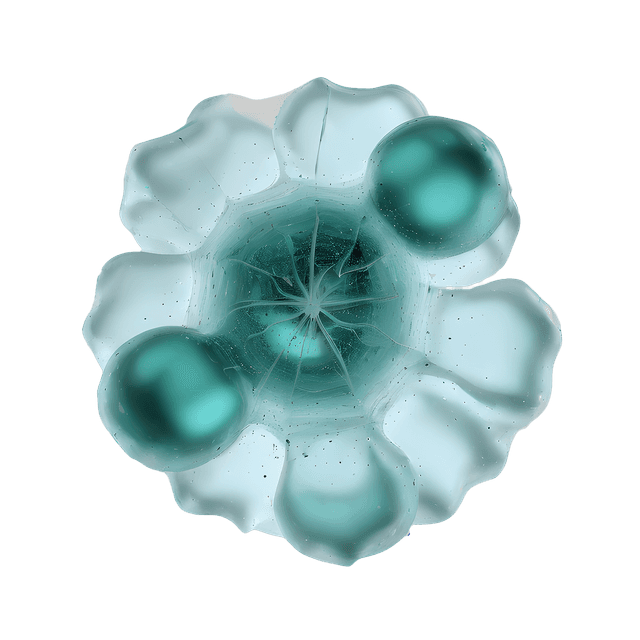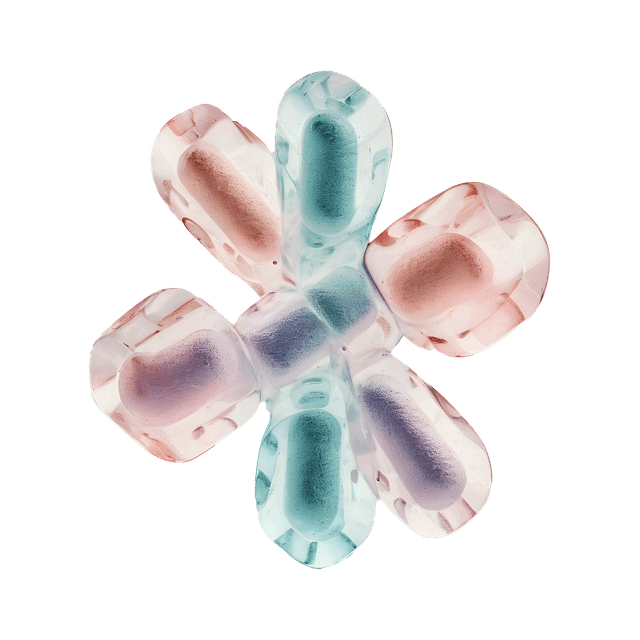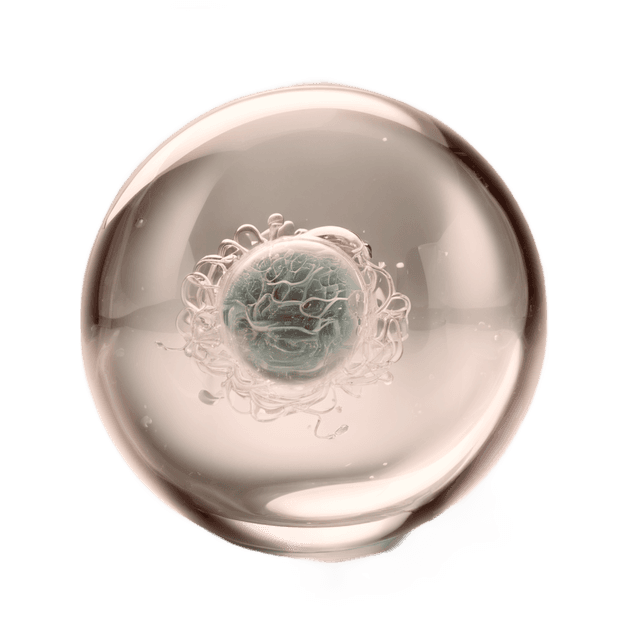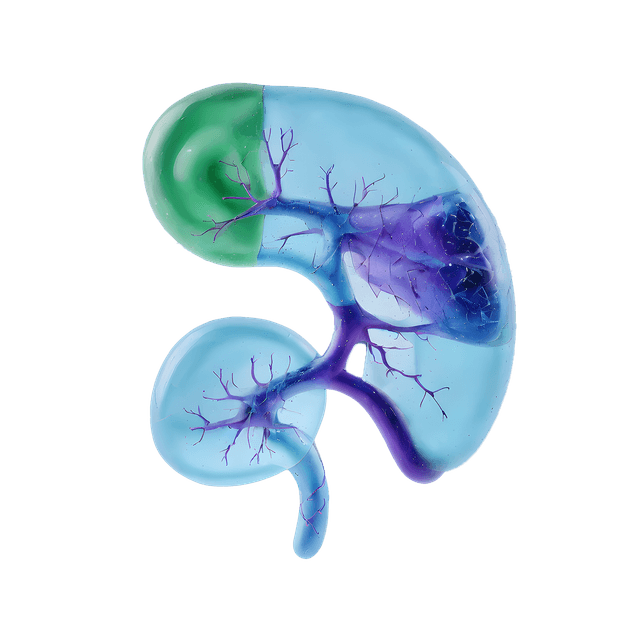Quick version
The fallopian tubes are essential for female fertility and play a crucial role in the fertilization of the egg. Their health affects the ability to conceive naturally.
- Fertilization usually occurs in the fallopian tube
- Transports the egg to the uterus
- Can be affected by infections and blockages
- A central part of many fertility evaluations
What do the fallopian tubes do?
The fallopian tubes, also called tuba uterinae, are long tubes located on each side of the uterus in the female pelvis. The tubes are about 10–12 cm long, and their function is crucial for natural fertility. Their main task is to capture the eggs released from the ovary, enable fertilization, and finally transport the fertilized egg to the uterus.
The four parts of the fallopian tube and their functions
The fallopian tube can be divided into four parts that work together:
- Infundibulum – the outermost part of the fallopian tube, closest to the ovary. It has small, finger-like projections called fimbriae. These projections catch the egg when it is released from the ovary during ovulation.
- Ampulla – the widest part, located in the middle of the tube. This is usually where the sperm meets the egg and fertilization occurs. The ampulla has a folded wall, and the inside is covered with cilia that help transport the egg further along.
- Isthmus – located where the tube narrows again. This part is more muscular than the others and serves as a transport section. With its rhythmic contractions toward the uterus, it helps move the egg forward.
- Pars uterina – the innermost part of the fallopian tube, which opens into the upper part of the uterus. Here, the egg travels down into the uterine cavity, where it can implant if fertilization has occurred.
What causes pain in the fallopian tubes?
Pain in the fallopian tubes can be caused by infection, inflammation, or blockage. Common conditions include salpingitis (inflammation of the fallopian tubes), hydrosalpinx (fluid-filled tubes), and ectopic pregnancy — when a fertilized egg is not transported to the uterus but instead becomes lodged in the fallopian tube.
Examination and diagnosis
The fallopian tubes can be examined using ultrasound, X-ray (hysterosalpingography), or laparoscopy. During a fertility evaluation, it is common to check whether the tubes are open and functioning normally, as blockages can prevent pregnancy. If ultrasound and gynecological examination cannot explain chronic or recurring pelvic pain, a magnetic resonance imaging (MRI) can provide a more detailed view of the fallopian tubes and surrounding tissue.
Relevant symptoms
- Pain in the lower abdomen
- Infection with fever
- Irregular bleeding
- Difficulty getting pregnant
- Nausea
Related conditions and diagnoses
- Salpingitis
- Hydrosalpinx
- Ectopic pregnancy
- Endometriosis
- Infertility






















